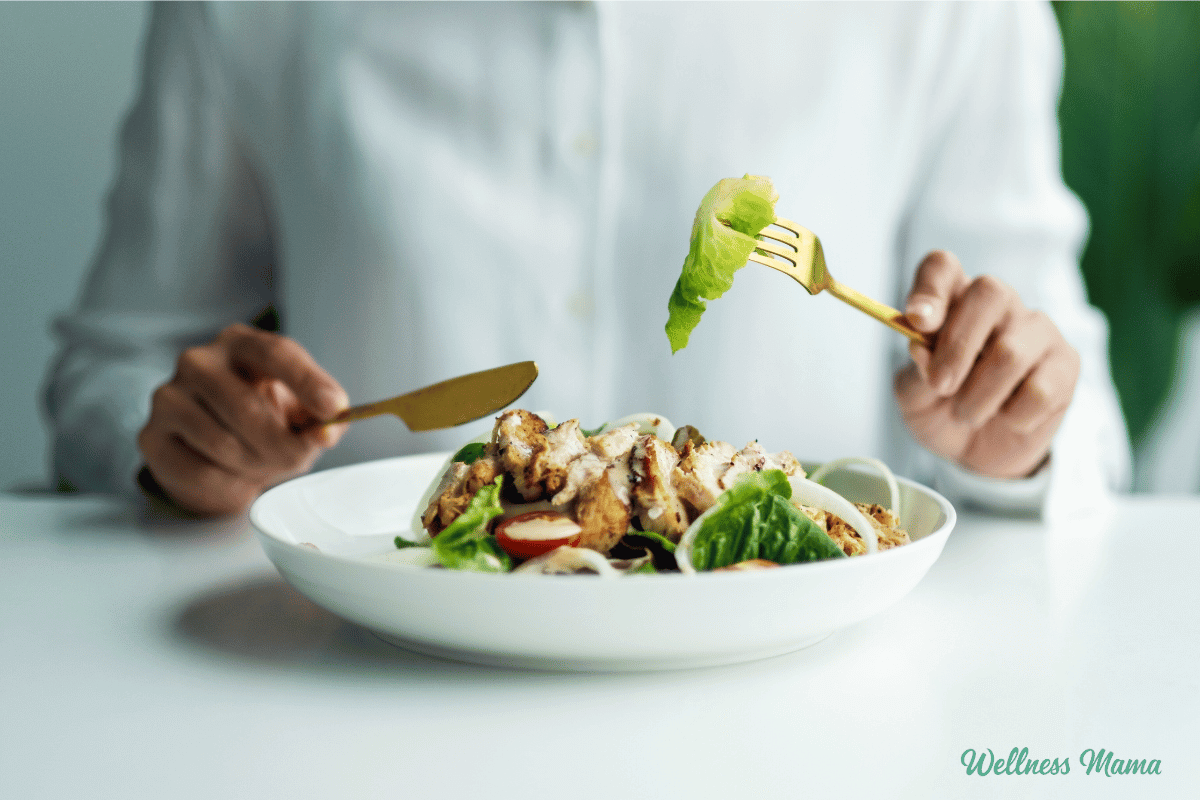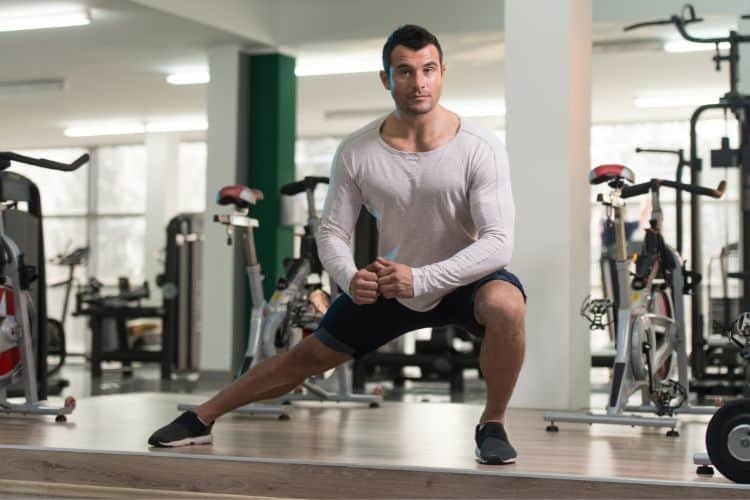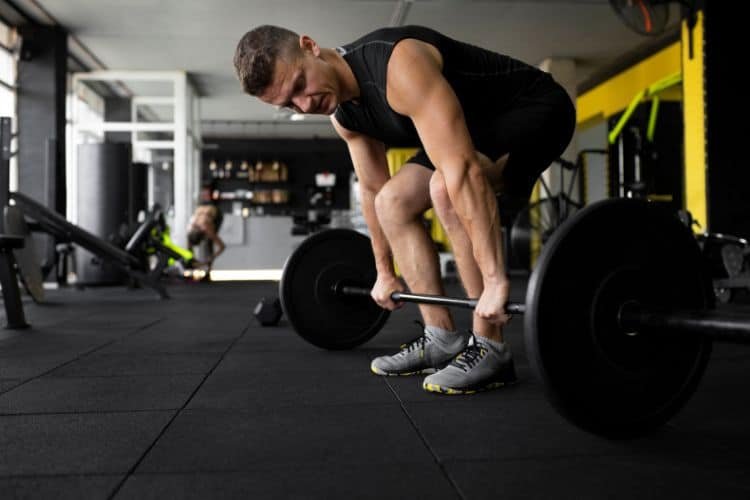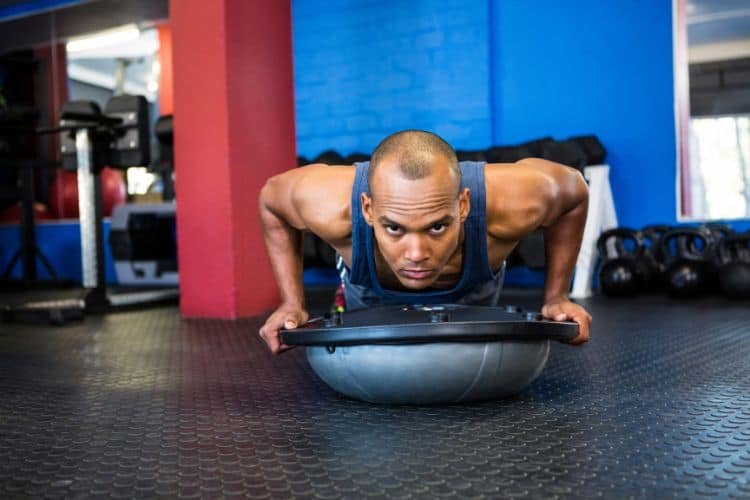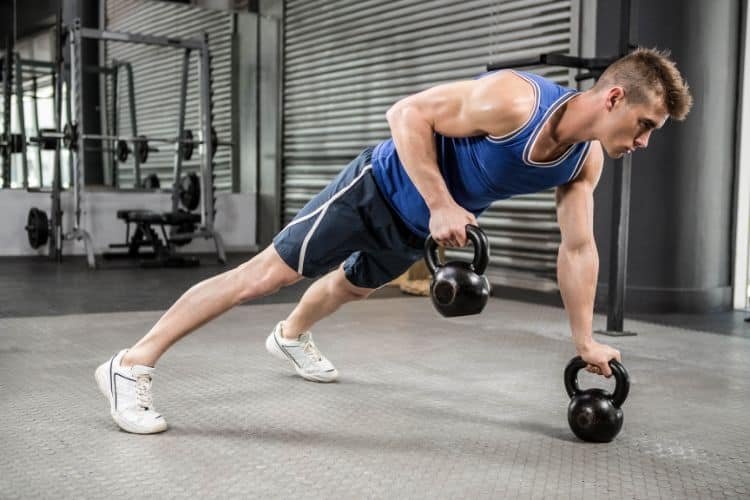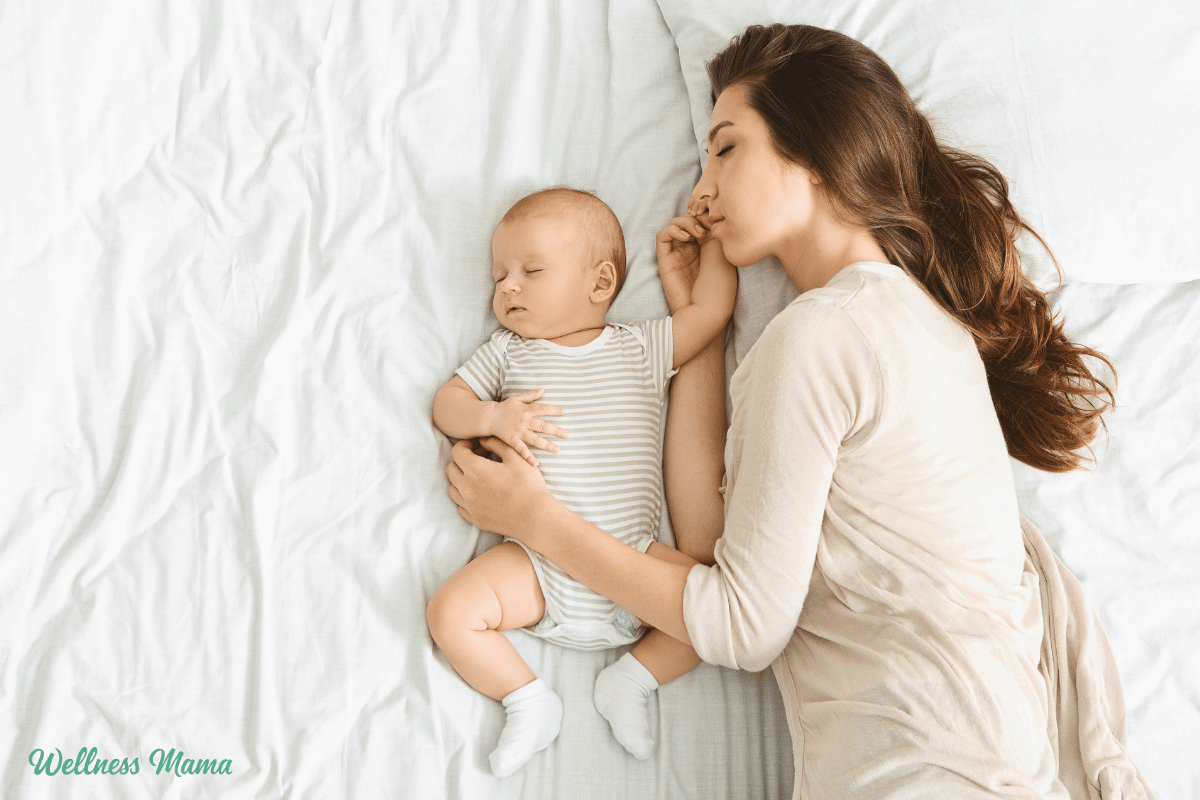
Co-sleeping is a matter that’s sparked appreciable debate amongst dad and mom, pediatricians, and researchers. Supporters emphasize its advantages, like higher sleep for each dad and mom and infants. However, considerations about SIDS risk and different questions of safety have led others to warn towards it.
In this post, we’ll take a look at the present security pointers and supply helpful ideas for fogeys contemplating co-sleeping. Plus I’ll share what I did with my own children once they had been infants!
What is Co-Sleeping?
Co-sleeping is when dad and mom share a sleeping space with a child or younger little one –often up to the primary 12 months of life. Many dad and mom resolve to share a room for even longer.
Some outline co-sleeping as having the newborn inside arm’s attain, whereas others outline it as parents and baby sleeping in the identical room. When room-sharing, the newborn might sleep subsequent to the mother or father’s dad and mom’ mattress or in a mattress or crib throughout the room. Room-sharing is pretty well-accepted — not less than for the primary six months of life.
However, bedsharing is more controversial. Bedsharing is rather like it sounds — sleeping with the newborn in the identical mattress. It’s more widespread than you may suppose. The U.S. Centers for Disease Control and Prevention (CDC) put out a survey of caregivers in 2015.
Over half the caregivers surveyed (61%) reported bedsharing not less than some of the time.
Benefits of Co-Sleeping
Co-sleeping with a child can have bodily and emotional advantages for each dad and mom and child:
Increased Bonding
Co-sleeping can improve the bond between dad and mom and child. The closeness will increase the alternatives for interplay, like nursing and comforting. Sleeping close to dad and mom at evening also can present a sense of security for the newborn. This feeling of security might result in higher emotional development and lowered separation nervousness.
Promotes Breastfeeding
Co-sleeping makes nighttime breastfeeding more handy. It could make moms resolve to breastfeed for longer (6+ months) as a result of it’s simpler to maintain up with it evening after evening.
A 1997 examine even discovered that bedsharing infants breastfed more usually and for longer. They had more breastfeeding episodes and spent 3 times the quantity of time during the evening in comparison with separate sleepers.
Lowered Risk of SIDS
One facet benefit is that breastfeeding might cut back the risk of sudden toddler loss of life syndrome (SIDS). A German examine discovered that formula-fed infants not solely had an elevated risk of SIDS, — they’d DOUBLE the risk in comparison with breastfed infants.
Sleeping close to dad and mom might also cut back the risk of SIDS. Sleeping in close proximity helps regulate the newborn’s respiration and physique temperature. Healthy respiration patterns also can cut back the risk of SIDS.
Benefits Bite Development
More handy breastfeeding can have even farther-reaching advantages. A 2022 examine discovered that co-sleeping as infants benefitted their chew development as toddlers.
Children who practiced co-sleeping as infants had been much less doubtless to make use of a pacifier or suck their thumbs. As a outcome, they weren’t as prone to develop an overbite, crossbite, or open chew. They ended up having higher facial development as a consequence of co-sleeping.
Better Sleep For Parents
Having the newborn close by could make nighttime caregiving duties like feeding and comforting simpler and faster. As a outcome, dad and mom could also be more prone to get restful sleep.
Is Co-Sleeping Safe?
New dad and mom might wonder if bedsharing is protected. Bedsharing is definitely the organic norm and has been widespread all through historical past. Western societies have simply moved away from it for the sake of comfort. It will be protected as long as dad and mom observe sure practices.
One of these practices is breast-feeding. Breastfed babies have a symbiotic relationship with their moms and might safely bedshare. However, formula-fed infants are safer in a facet sleeper or in a crib subsequent to the mom.
Dr. James McKenna is Director of the Mother-Baby Sleep Laboratory on the University of Notre Dame and is broadly thought of a main co-sleeping expert. He explains that there are a number of the reason why co-sleeping with breastfed infants versus bottle fed will not be the identical:
“Breastfeeding changes where and how the baby is placed next to the mother, to begin with, and the infant’s arousal patterns, how sensitive the baby and the mother are to each other’s movements and sounds and proximities, as well as the infant’s and the mother’s sleep architecture (how much time each spends in various sleep stages and how and when they move out of one sleep stage into another) are very different between bottle feeding and breastfeeding mother-infant pairs.”
The American Academy of Pediatrics (AAP) nonetheless advises towards bedsharing In their 2022 up to date pointers. They warned that it will increase the risk of SIDS. But SIDS is more of a concern when mattress sharing with preterm and low delivery weight infants. Healthy, full-term infants will not be as a lot at risk as long as dad and mom observe protected sleep practices.
Dr. McKenna has additionally gone over the analysis supposedly linking SIDS to co-sleeping. He says the interpretations of co-sleeping and SIDS examine outcomes have many inaccuracies and inconsistencies.
There are all the time examples of people who don’t observe protected bedsharing practices. However, that doesn’t imply no one ought to do it. And it’s important to notice that suffocation from unsafe co-sleeping will not be SIDS (Sudden Infant Death Syndrome), though the 2 usually get lumped collectively.
Safe Co-Sleeping Practices
Here are some protected bedsharing practices. Keep in thoughts these apply to daytime naps in addition to nighttime:
- Breastfed infants could also be most secure sleeping subsequent to their moms (somewhat than fathers)
- Infants underneath a 12 months shouldn’t sleep with older youngsters
- Babies need to be positioned on a firm sleep surface (not a waterbed or sofa)
- Make sure the headboard and footboard don’t have openings the place the newborn might get trapped at evening. The mattress ought to match snugly towards the headboard to make sure protected toddler sleep.
- Sheepskins will not be a good concept; nor are weighted blankets, quilts, or pillows. They might increase the risk of overheating and suffocation. Stick with light-weight child blankets.
- A well-fitted child sleeping bag can help give the newborn separate bedding to keep away from suffocation
- Remove something that might be a strangulation risk like jewellery, pacifier clips, and teething necklaces
- Some dad and mom choose to make use of a bedside bassinet, retaining the sleeping child close by whereas giving them their own space.
The Lullaby Trust out of the UK has additionally put collectively a information on protected mattresses and bedding choices for co-sleeping. They emphasize utilizing a firm, flat mattress and avoiding gentle or cumbersome bedding.
What About Teaching Independence?
Some dad and mom might fear that their little one won’t ever go away their mattress. However, many of the concepts from baby sleep training apply right here. A great way to begin is by progressively transitioning your child to their own sleep space. Start with a jiffy of their crib or bassinet. Then progressively increase the quantity of time sleeping on their own.
Be aware of your child’s wants during the transition time. Comfort them in the event that they grow to be upset, however encourage them to settle back to sleep of their own sleep space. A favourite blanket or stuffed animal can help with self-soothing and falling back asleep in the event that they wake up during the evening.
Another concern is that co-sleeping as infants would set up youngsters to be much less unbiased as they grow old. The excellent news is that research has found it to be fairly the alternative. Early co-sleepers had been more self-reliant and more unbiased as preschoolers than youngsters who didn’t co-sleep as infants.
Co-sleeping and bedsharing are widespread practices world wide. They aren’t new ideas. You is perhaps shocked how many world leaders all through historical past bedshared with their moms as infants.
It Isn’t All or Nothing
It’s important to keep in mind that it doesn’t should be “all or nothing.” Once the newborn is sleeping via the evening, it could be time to progressively work towards transferring the newborn to his or her own room. Parents can use co-sleeping as a half of baby-led sleep coaching.
There might also be occasions when it isn’t perfect for a child to sleep within the grownup mattress. For instance, if a mother or father has a respiratory sickness or the flu, it’s most likely greatest to let the toddler sleep alone in a crib or bassinet. An evening when one or each of the dad and mom have had alcohol is one other time to sleep individually.
Many dad and mom merely don’t really feel comfy bedsharing. That’s utterly okay! Parents who’re heavy sleepers, on sure drugs, coping with an sickness, and so on., might not need a child in mattress with them. Whatever the case, there’s no judgment right here. Room sharing continues to be an glorious option.
What I Do/Did
When my youngsters had been infants, I bedshared with them for the primary a number of months. I had gotten used to the newborn being close by in utero, so it was a natural transition to have them sleep proper subsequent to me in mattress. As the newborn began transferring round more, I additionally began to really feel more comfy having them sleep on their own.
Of course, sleeping preparations will rely on every particular person child and household. Do what works greatest for you.
What do you consider co-sleeping? Did you follow bed-sharing or room-sharing along with your little ones? Share with us under!
